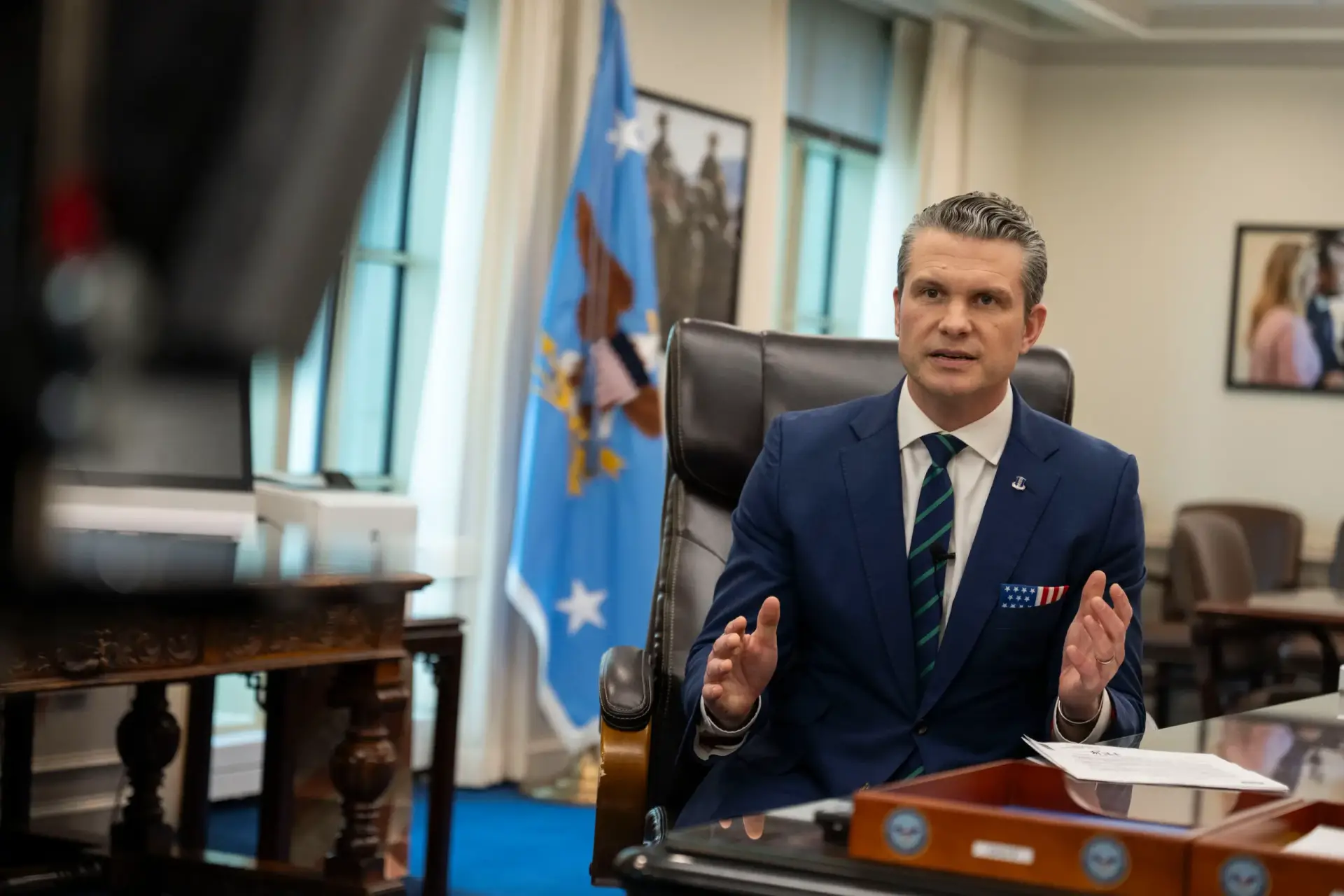The US president announced he will hold talks with the Russian and Ukrainian leaders. “I hope it’s a productive day, a ceasefire is reached, and this violent war ends,” he said.

US President Donald Trump announced on Saturday that he will hold separate phone calls on Monday with Russian President Vladimir Putin and Ukrainian President Volodymyr Zelensky to discuss the war in Ukraine. The conversations are expected to focus on achieving a ceasefire and exploring prospects for ending the conflict.
In a statement posted on his social media platform, Truth Social, Trump wrote: “I will speak by phone with Russian President Vladimir Putin on Monday at 10:00 a.m. The topics of the call will be halting the massacre, which kills over 5,000 Russian and Ukrainian soldiers per week on average, and trade.” He added that he would later speak with President Zelensky and “several NATO members alongside him.”
“Let’s hope it’s a productive day, a ceasefire is reached, and this brutal war—which never should have happened—comes to an end. May God bless us all!” the president concluded.
Earlier in the day, Russian Foreign Minister Sergey Lavrov and U.S. Secretary of State Marco Rubio held a phone call, during which both expressed willingness to continue working toward peace in Ukraine.
A statement issued by the Russian Ministry of Foreign Affairs via Telegram noted that Secretary Rubio “welcomed the agreements on prisoner exchanges and the willingness of both sides—Ukraine and Russia—to present the conditions they consider necessary for a truce.” It also emphasized Washington’s ongoing commitment to facilitating peace efforts.
The call between the diplomats and Trump’s announcement followed renewed talks between Ukrainian and Russian delegations in Istanbul on Friday—their first direct meeting since 2022.
According to Turkish state news agency Anadolu, the meeting lasted approximately one hour and 45 minutes, with Turkish Foreign Minister Hakan Fidan mediating. Ukraine’s public broadcaster Suspilne described the outcome as a “pause” rather than a conclusion.
During the meeting, Russia reiterated its demand that Ukraine withdraw its forces from four regions it claims to have annexed: Donetsk, Luhansk, Kherson, and Zaporizhzhia. Kyiv firmly rejects these claims. Additionally, both sides opened the door to a potential exchange of 1,000 prisoners from each side and Russia announced it would review proposals for a ceasefire and a summit between Putin and Zelensky.
Official positions:
Moscow: Territorial claims and ceasefire conditions
Since launching its invasion in February 2022, Moscow has maintained that any peace settlement must address what it describes as the “root causes” of the conflict, including Ukraine’s aspirations to join NATO—a development Russia considers a threat to its national security.
President Putin insists on the recognition of Russian sovereignty over the four partially occupied regions as well as Crimea, which Russia annexed in 2014. He has justified the invasion with claims of protecting Russian-speaking populations and “denazifying” Ukraine.
Russia also demands an end to Western arms supplies to Ukraine and the dismantling of Ukrainian ultranationalist groups. In late March, Putin even floated the idea of a United Nations-led transitional administration in Ukraine—a proposal that would imply Zelensky’s removal from office.
Moscow does not recognize President Zelensky’s legitimacy, arguing that his five-year term expired in May 2024, although elections have been deemed unfeasible due to the ongoing conflict.
Kyiv: No territorial concessions and NATO aspirations
For Ukraine, territorial concessions remain politically and emotionally unacceptable. The country has endured immense human and economic costs to defend its 1991 post-Soviet borders.
While Zelensky has suggested the possibility of negotiating territory swaps—specifically in the Russian region of Kursk—Ukrainian forces were expelled from the area by Russian troops in April.
Ukraine demands a complete withdrawal of Russian forces from its territory, including Crimea. Zelensky continues to advocate for NATO membership as the primary form of security guarantee, although this has been categorically ruled out by both Moscow and President Trump.
As an alternative, Kyiv is in talks with European partners to establish a Western military presence in Ukraine, possibly under NATO auspices—a move also firmly opposed by Moscow.
Ceasefire proposals and prisoner exchange
In recent weeks, both Kyiv and the Trump administration have pushed for an unconditional 30-day ceasefire as a preliminary step toward diplomacy. European allies, aligned with the U.S., issued an ultimatum to Moscow last weekend: accept a truce or face “massive” new sanctions.
President Putin has so far rejected the proposal, asserting that a ceasefire would merely allow Ukraine to regroup with Western support. Nonetheless, under increasing diplomatic pressure, he agreed to send a delegation to Istanbul for renewed peace talks.
The outcome of Friday’s meeting included a preliminary agreement to exchange 1,000 prisoners of war from each side, according to Ukrainian Defense Minister Rustem Umerov, who heads Kyiv’s delegation.
A possible summit
After the meeting, Kremlin aide and chief negotiator Vladimir Medinsky acknowledged Kyiv’s proposal for a direct summit between Zelensky and Putin.
“We took note of the Ukrainian side’s request for direct negotiations between the heads of state,” Medinsky said in a televised statement from Istanbul. He expressed satisfaction with the talks and readiness to continue the dialogue.
Keep Independent Journalism Alive
In a world flooded with noise, independent journalism is more vital than ever. We work hard to bring you clear, accurate, and unbiased international news — free from corporate or political influence.If you believe in the power of honest reporting, please consider making a donation. Every contribution, big or small, helps us stay independent and keep the world informed.
Support us via PayPalYour support makes a difference.


